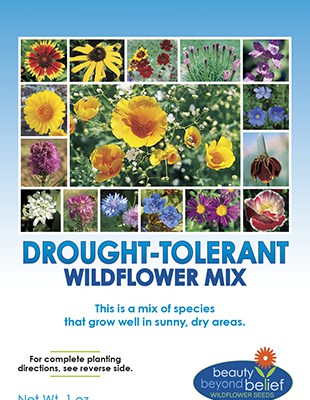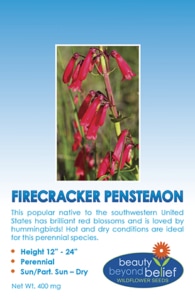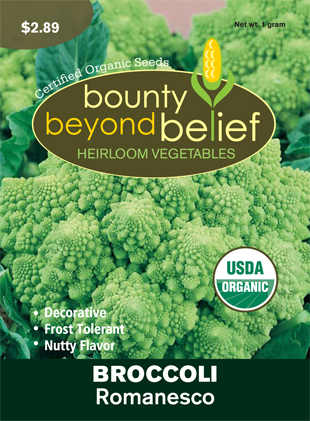Straw Bales, Legos for Gardeners
Gardening Tips
by Sandy Swegel
Whenever I start to think about a new structure I need for the garden, straw bales are what first come to mind. Having a bunch of straw bales is like having an entire box of Legos….there’s not much you can’t build.
I started thinking about a cold frame today because I was a little over eager about starting perennial seeds. They’re already emerging in my seed starting tray and the question did occur to me now, a little late, where was I going to stash all these plants when I have to plant them up in larger containers next month. Then I remembered my first cold frame. A rectangle of old straw bales with an old shower curtain secured on top by big rocks was a great cold frame.
I tried storm windows one year in a community garden plot, but they are breakable if there are kids playing with rocks or loose dogs in the neighborhood. I got a sheet of recycled tempered glass (old shower door) that worked great but was heavy for lifting.
The next great garden project is a compost bin. I use spoiled hay bales from a nearby horse ranch because the bales are free and they also eventually become compost too.
Your imagination is your only limitation. Think of any structure you’d like and do a Google Image Search with the name of the structure and “straw bale” and you’ll find someone who has done it already and posted a picture: straw bale hoophouse, straw bale fort, straw bale lounge chair, straw bale chicken coop, straw bale bed, straw bale wind break, etc. etc. Have Fun!



